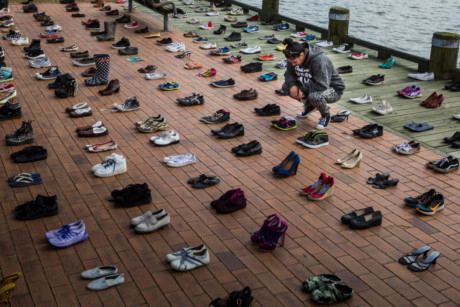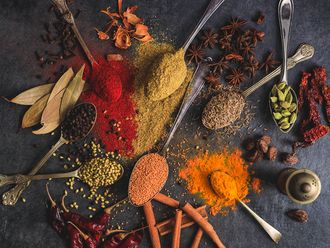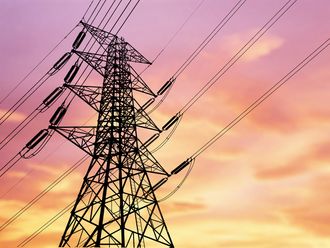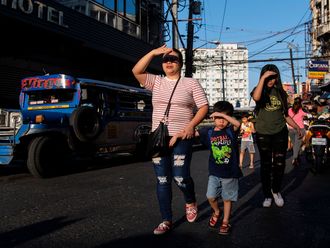
Auckland
It has been just a little more than a year since Georgia MacBeath died, after life support was turned off at the hospital where she was taken. MacBeath had been found unconscious in the garage of her home in Rotorua in New Zealand’s North Island.
A priest and a doctor had been cycling past when they noticed something amiss. Another couple playing Pokemon Go rushed to help. In all, up to 10 people scrambled to revive the 19-year-old. But she had planned to die. For MacBeath’s mother, Suzy Taylor, her daughter’s suicide has been like torture. “It’s like she died 365 times. Every time I wake up I’m forced to live in this world. There’s no pill I can take, nothing I can drink, no place that I can go to, no person that I can see that is going to make this any different — it’s a life sentence.”
Taylor has known the grief of suicide before. Her husband took his own life in 1995; so did her best friend in 2001.
Suicide is New Zealand’s silent epidemic. The country has the highest youth suicide rates in the developed world — five times that of Britain and twice as high as Australia’s.
The latest figures released this week show more New Zealanders are taking their lives than ever before. The number of deaths has risen for three years in a row to 606 in the year ending June 30, from 579 the previous year.
For such a crisis the response has garnered little attention, according to some who are pushing for this national tragedy to be addressed head on.
In early August, three bereaved mothers, who all lost children aged under 25, sent a letter to political parties on behalf of 200 other bereaved families, asking for six things: an independent inquiry into mental health; restoring NZ$2.3 billion (Dh6.1 billion) in health funding; setting a suicide reduction target; increasing primary health and general practitioner funding; committing to safe staffing; and making every home healthy.
“As families who have lost loved ones to suicide, we know a bit about courage. We’ve had to ask ourselves difficult, uncomfortable questions,” they wrote.
“We need you to have courage too. We need you to ask difficult questions about our mental health system. You’ll need the courage to put aside politics and do what is right for every Kiwi.”
Safety plan
Cross-party support is now mounting for introducing suicide reduction strategies. Labour supports a reduction target and new leader Jacinda Ardern reminded thousands at her election campaign launch that every New Zealander knew someone affected by mental health problems or suicide.
“Yesterday I asked a room full of young people if they did, and every single hand in that room was lifted into the air. Every single one,” she said. “While there is a lot of talk about targets, I know I will never be satisfied so long as there is even one life lost.”
Labour says it will inject NZ$8 billion into health funding and review mental health services in its first 100 days if elected.
Meanwhile, the governing National party has been accused of dragging its heels on supporting a suicide reduction goal, with health minister Jonathan Coleman saying he is “seeking advice”.
An expert panel was established to advise the ministry of health on ways to reduce the suicide rate. It recommended a reduction target as key to the ministry’s new suicide prevention strategy.
Current government spending on mental health is not keeping up with demand, economists say. But outside the political sphere, New Zealanders are battling over how to tackle the issue. Some say children should not be exposed to talk of suicide, while others say it is precisely what needs to happen to tackle stubborn suicide rates.
Dangerous talk
Mental health crusader and comedian Mike King speaks to schools across New Zealand about suicide rates.
But recently he was prevented from going into three South Island schools, as part of a planned eight-school tour, on advice from the district health board suicide prevention coordinator, Annette Beautrais. Beautrais has repeatedly declined to comment to media, but reportedly told schools King’s talks were “dangerous” to children. King argues that viewpoint is “misinformed”.
Samara Read, a 16-year-old who has lost three of her teenage friends to suicide and who suffers from depression herself, believes the only way forward is to talk openly and to give young people something to hope for in the future.
She called on prime minister Bill English to put himself in her place. “Can you walk in my shoes for a month and make another decision?” she urged English when she addressed a gathering of the shoe project. “We poison our livers getting drunk trying to find some healing, and go to our friends’ graves to cry.”
This week, Taylor stood holding a pair of Georgia’s sandals at a gathering on the lakefront in Rotorua. Those shoes were among 606 pairs of heels, boots, trainers and sandals laid out in rows to represent the annual suicide toll.
Her daughter, MacBeath, first tried to take her life on mothers’ day in 2016. “The only emotion I saw on her face was that she meant to die.”
— Guardian News and Media Ltd












